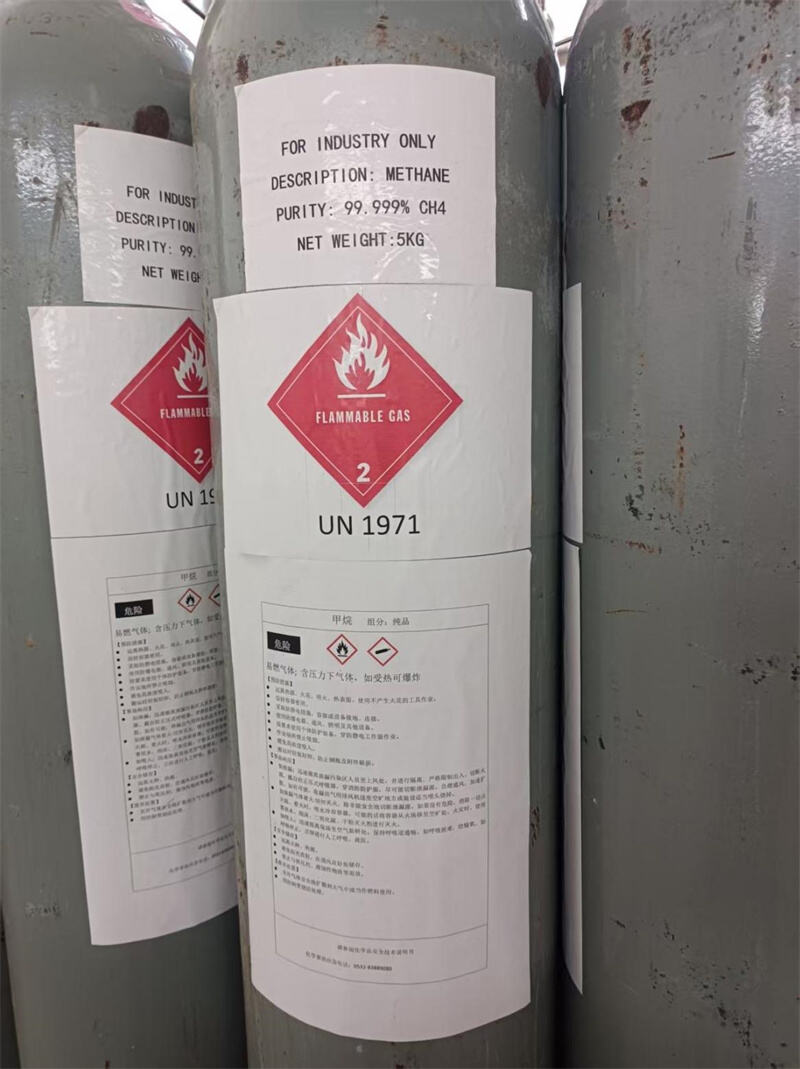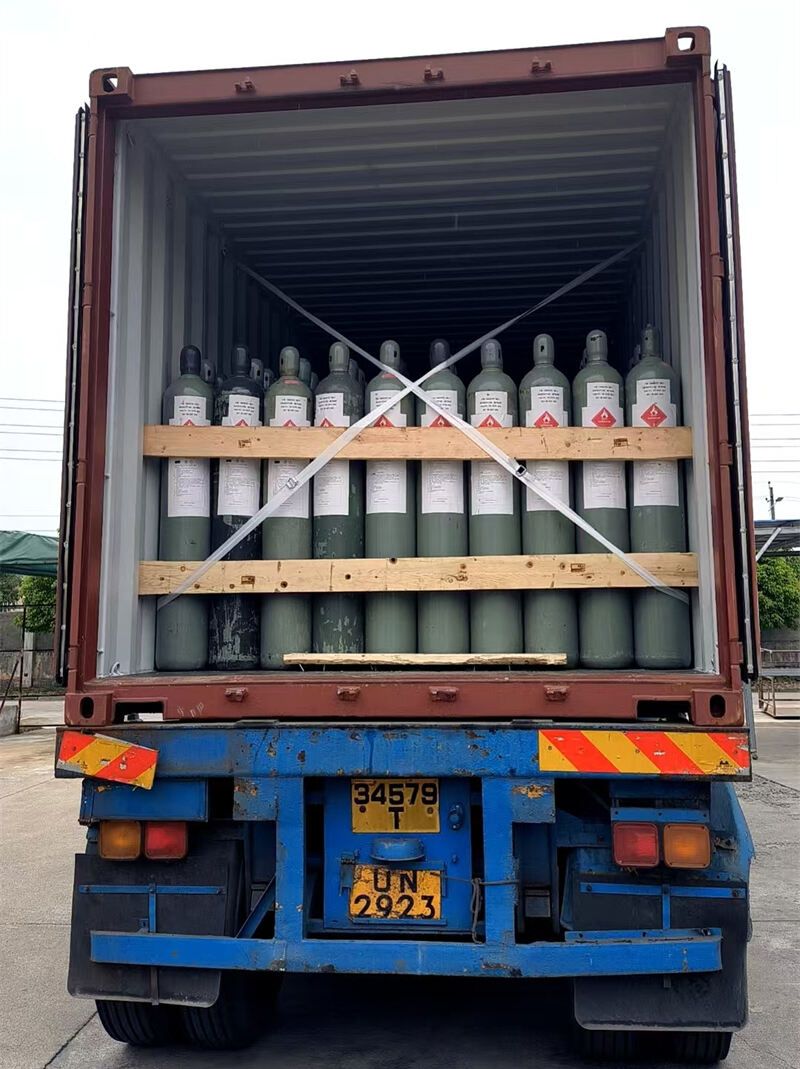Understanding Methane (CH4): Properties, Applications, and Safety Considerations
Understanding Methane (CH4): Properties, Applications, and Safety Considerations
Methane, commonly represented by the chemical formula CH4, holds significant importance in various scientific and industrial applications. With a CAS number of 74-82-8 and an EINECS number of 200-812-7, methane is recognized as the simplest organic compound and a major component of natural gas, shale gas, and combustible ice. In this article, we delve into the key properties, uses, and safety considerations associated with this crucial carbon-based resource.
Physical and Chemical Properties of Methane
Methane is a colorless and odorless gas, making it challenging to detect without the use of special sensors. It possesses a molecular weight of 16.043 g/mol, with a density of 0.717 g/L. Under standard atmospheric pressure, methane exhibits a melting point of -182.5°C and a boiling point of -161.5°C. These properties underscore its gaseous state at room temperature and pressure.

Explosion Limits of Methane
As a flammable gas classified under DOT class 2.1, methane presents specific risks in terms of explosion potential. The lower explosive limit (LEL) for methane in air is between 5-6%, while the upper explosive limit (UEL) is between 15-16%. Notably, when the concentration of methane reaches 9.5% in the air, it can lead to one of the most intense explosions. It's important to understand that variations in oxygen concentration can significantly impact these explosive limits. As oxygen levels drop below 12%, the mixture loses its explosive characteristics, even if methane levels remain high.
The Role of Methane in the Environment
Methane is recognized as a significant non-CO2 greenhouse gas. In the stratosphere, methane undergoes decomposition, contributing to the formation of water vapor (clouds) and the subsequent depletion of the ozone layer. This environmental aspect raises concerns about methane emissions and their implications for climate change.

Conclusion
Given its essential role as a carbon-based energy resource and its impact on the environment, methane (CH4) must be handled with care. Understanding its properties—such as its CAS number (74-82-8), EINECS number (200-812-7), and explosive limits—is crucial for professionals working in industrial and environmental sectors. As we continue to explore the applications and implications of methane, safety and awareness of its characteristics remain paramount.
By recognizing the complexities surrounding methane, we can work towards more sustainable practices that mitigate its environmental impact while harnessing its potential as a valuable energy source.

 EN
EN
 AR
AR
 CS
CS
 DA
DA
 NL
NL
 FI
FI
 FR
FR
 DE
DE
 EL
EL
 IT
IT
 JA
JA
 KO
KO
 NO
NO
 PL
PL
 PT
PT
 RO
RO
 RU
RU
 ES
ES
 TL
TL
 ID
ID
 SK
SK
 SL
SL
 UK
UK
 VI
VI
 TH
TH
 TR
TR
 AF
AF
 MS
MS
 SW
SW
 GA
GA
 CY
CY
 BE
BE
 KA
KA
 LO
LO
 LA
LA
 MI
MI
 MR
MR
 MN
MN
 NE
NE
 UZ
UZ

